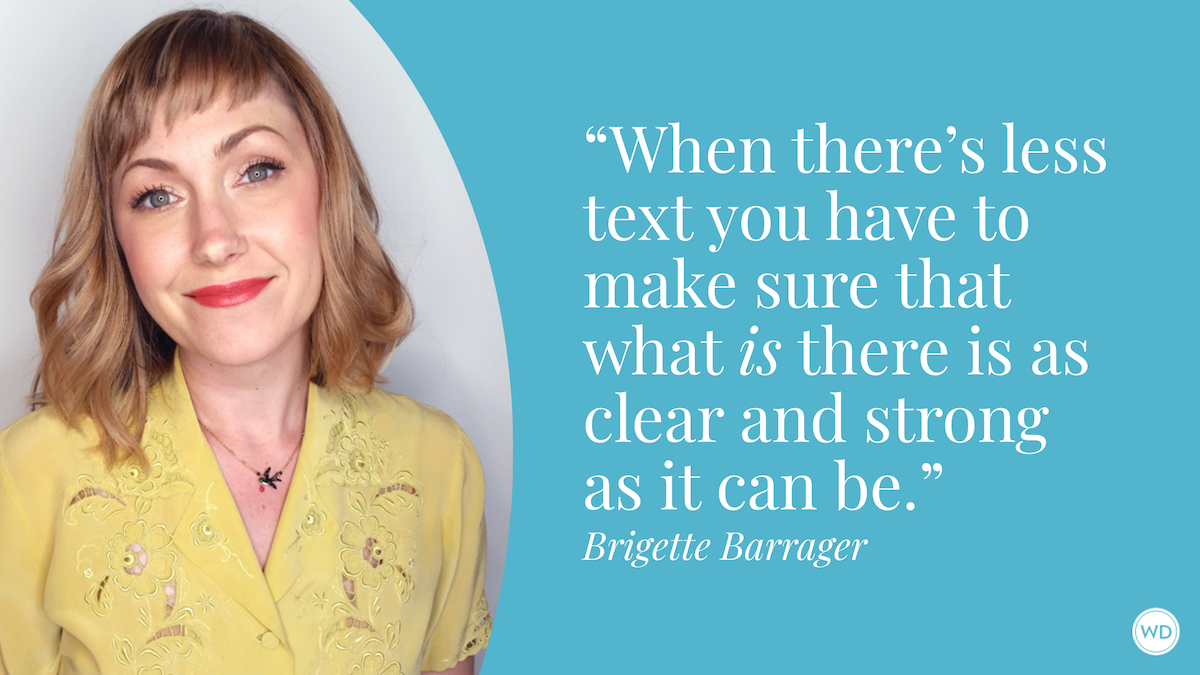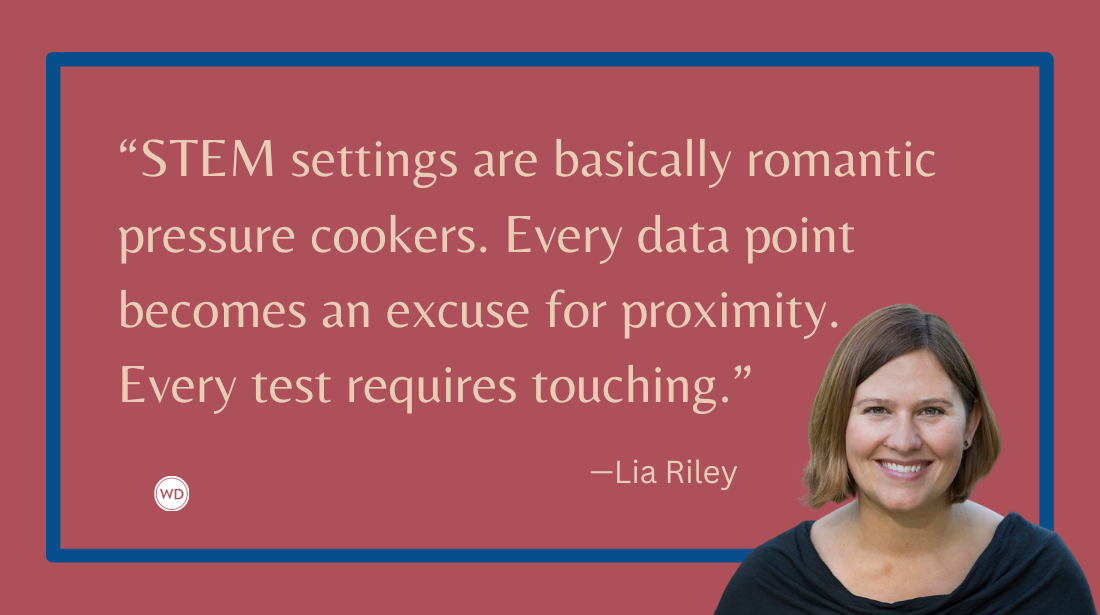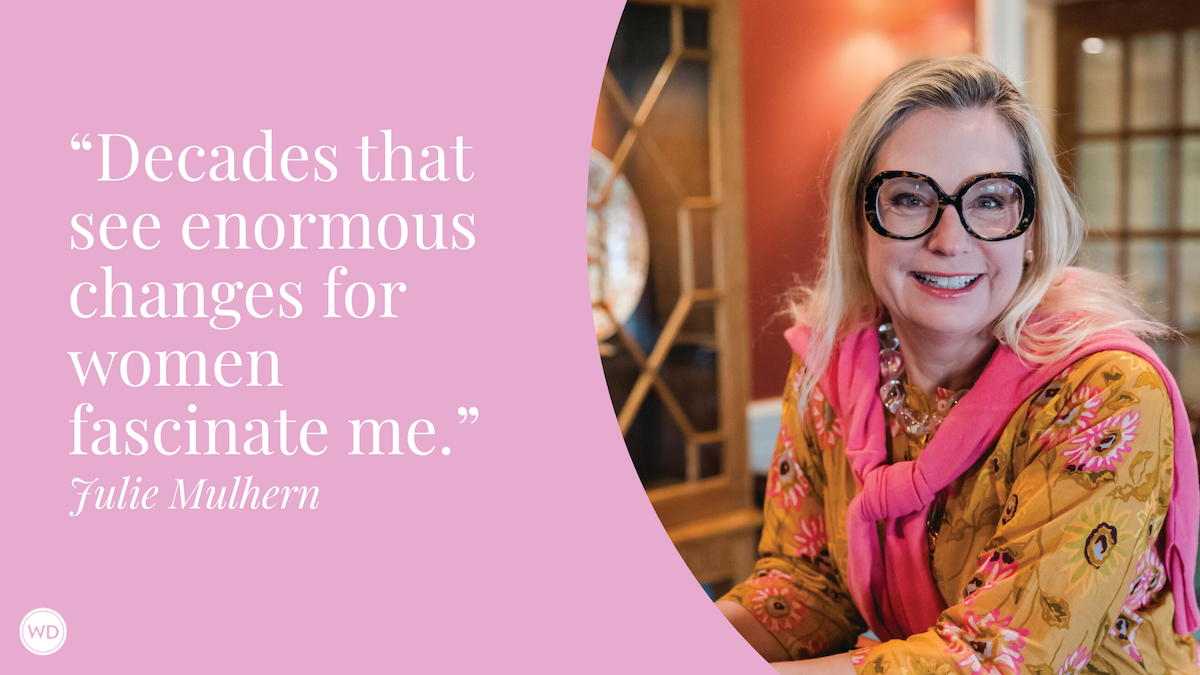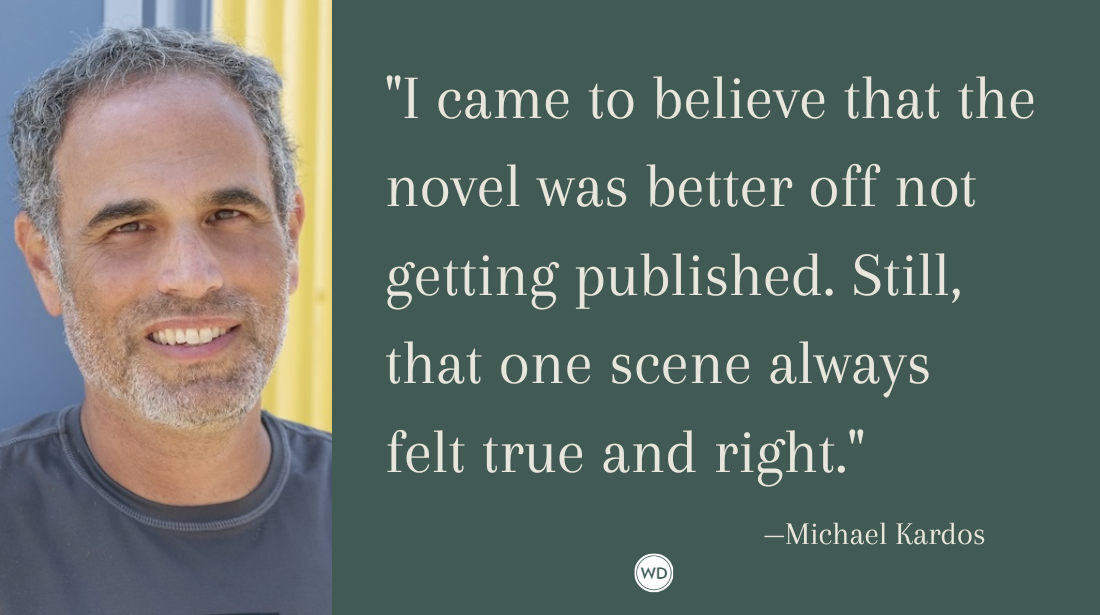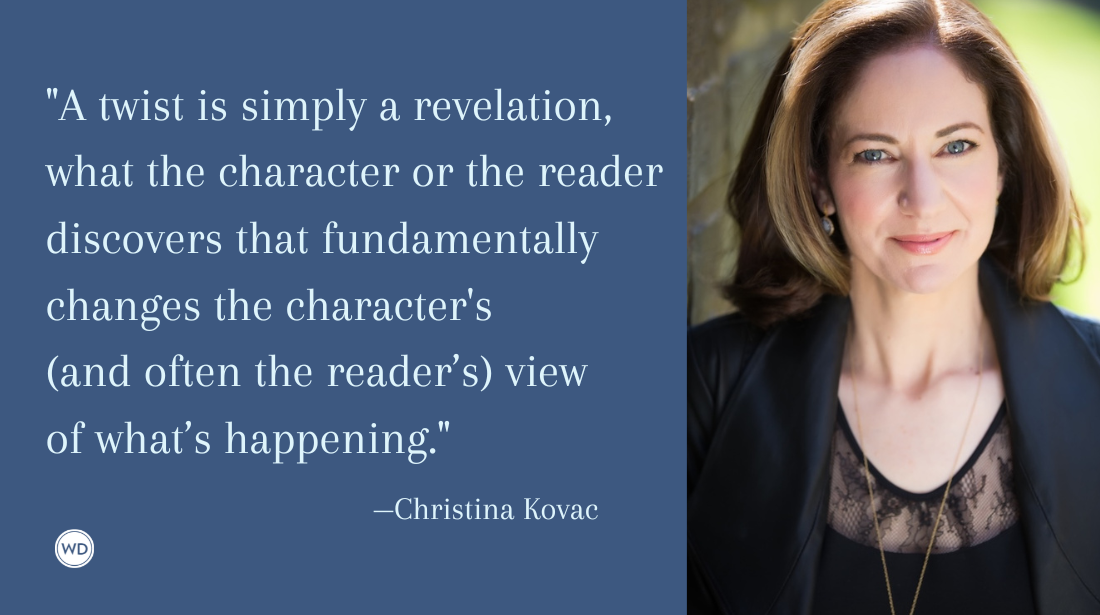Need a Better Book Title?
Bestselling author and brand strategist Matt Miksa offers three tips for writers who need a better book title.
Like many novelists, I also have a day job. Mine happens to be as a brand strategist—someone who makes people fall in love with companies and products. Yes, this is a real job, and one that’s far from trivial. Strong brands sell well, but they can also build communities of loyal fans and even spark cultural movements.
As an author, you can harness the power of branding too. Beyond the manuscript, consider every element of your project as an opportunity to tell a bigger story, including the title.
After completing my latest thriller, Don’t Get Close, I contacted my former colleague, and renowned expert on brand naming, Rob Meyerson. While his work typically involves creating names for companies or products, I knew he’d have great advice on selecting the right book title. After all, he wrote The Book on naming, the aptly titled Brand Naming. Here are some tips.
IndieBound | Bookshop | Amazon
[WD uses affiliate links.]
Tip #1: Frost That Cake
A publisher once told me, only famous novelists get to pick a single word as their book title. For the most part, this appears to be true, looking at Mercy by David Baldacci or Dune by Frank Herbert, as examples. George Orwell was such a big deal by the time he published 1984, he could get away with forgoing letters altogether. While this may seem unfair, there’s logic to this unwritten rule.
Is a book titled Shipwrecked a thriller, romance, historical fiction, magical pirate fantasy? Who knows? Still, a mega-star author might have no trouble selling thousands of copies. That’s because they have an established brand that stands for something in the minds of readers. You hear Stephen King and immediately conjure images of supernatural horror. If he wrote Shipwrecked, you’d safely assume it involved buckets of blood. King’s readers already know what to expect.
Newer authors need to bring more pizzazz to the party. If your story is the cake, think of your title as the frosting. With its glistening, sugary topping it must give the reader a flavor of the book, even before they take their first bite. The paranormal mystery The 7½ Deaths of Evelyn Hardcastle by Stuart Turton is blunt, yet mysterious enough to pique curiosity. Like Turton, you may need more words to accomplish this. Fortunately, when it comes to books, “there’s some flexibility in length,” says Meyerson. “While we usually recommend shorter names for companies and products, long book titles can actually work really well. One of my favorites is The Curious Incident of the Dog in the Night-Time.”
When brainstorming titles, consider clear, narrative options. You can always chop up a long title, or just let it unfold beautifully on the cover. This certainly worked for All the Light We Cannot See. However, the title must fit the genre. This brings me to my second tip.
Tip #2: Complement, Don’t Copy
Publishing follows trends, like most industries, and sometimes this results in the mass replication of an idea. That’s how we got shelves of books with the word “girl” in the title. So how can we avoid this trap?
When it comes to branding anything, there’s an inherent tension: You want to fit in (so consumers know what category you’re in) while simultaneously standing out (to grab their attention).
“You need to strike a balance,” Meyerson argues. “Err on the side of differentiation, but avoid something that really turns off fans of the genre, or signals a different genre so strongly that it’s begging to be miscategorized.” Essentially, your title should complement comparable books, not copy them.
Easier said than done. I faced this challenge with my first novel, a spy thriller. Many books in this genre have sharp, two-word titles that crackle with action, like Foreign Agent and Back Blast. If I’d chosen a title like Shadow Strike or Dead Drop (two top contenders) my novel would’ve cozied up to the bestsellers, but I worried it would’ve blended into the background. Thinking of the branding tip—complement, don’t copy—I landed on 13 Days to Die. It evoked a ticking-clock thriller with a Bond-esque quality that hinted at international espionage.
When naming your book, make a list of similar authors and their recent titles. You’ll immediately see the similarities when it comes to word count, parts of speech, tone, and theme. Then, give these tropes a twist. If every title begins with a verb, try a noun. Or pepper in a number. You don’t have to stray too far from your genre’s conventions to find a fresh idea.
Tip #3: Follow a Process
Sure, the perfect title could splash into your eyes from the showerhead, but chances are it won’t. Professional namers don’t rely on flashes of inspiration (because sparks don’t always fly when the rent is due). Instead, they follow a rigorous, strategic process.
Meyerson begins every assignment with a naming brief, which he explains is a short document outlining the criteria for the name. What must the name, or title, communicate? Perhaps it’s something specific about the genre, character, plot, time period, or setting.
For the novel The Da Vinci Code, these criteria might have included: 1) Communicate that it’s a puzzle-style thriller, and 2) evoke the intrigue of the Renaissance. These goals may have produced alternative titles for Dan Brown’s mega-hit like Mona Lisa’s Secret or The Vitruvian Puzzle. Think these are dumb? So what? You’ll come up with plenty of terrible ideas for your book title. That’s part of the process too.
“It might surprise some people to learn that namers generate hundreds or even thousands of name ideas for any given project,” Meyerson says. “That’s because the next few steps—shortlisting, preliminary screening, and linguistic checks—can rule out a huge percentage of candidates.” I generated 50 options before deciding on the title for my psychological crime thriller, Don’t Get Close. Not only did it capture the story’s ominous tone, it also satisfied nine out of 10 of my strategic criteria.
After you’ve brainstormed as many possibilities as you can, you’re ready for shortlisting. Cross out anything you despise. Whatever’s left, give it a score against each of your criterion, on a scale from zero to 10. You’ll soon realize many titles you thought were super don’t actually support your strategy. Add up the scores, toss out the bottom feeders, and keep going.
Next is screening, which helps to eliminate truly unoriginal options. It’s shocking how many books have identical titles, thus forfeiting an opportunity to make their mark. Be sure to search Google and Amazon for variations too. If you came up with The Hungry Games, sorry friend. It’s still too close.
Linguistic checks help to ensure you’re title isn’t offensive in another language or, if translated, is a good fit for the intended market. For example, the novel The Girl with the Dragon Tattoo was originally published in the author’s native Swedish as Män som hatar kvinnor, which translates to “Men Who Hate Women.”
Always consult native speakers before translating your title. Otherwise your book may end up like John Steinbeck’s classic The Grapes of Wrath, which was once published in Japanese with a title that literally translated to The Angry Raisins.
Naming is both an art and a science, and there’s no perfect formula. When you’re ready, put the time and effort into picking a title. Even though you’ve typed out thousands of words to tell your story, the few that appear on your cover are probably the most important of them all.
Matt Miksa is the author of Amazon #1 Bestseller 13 Days to Die and the forthcoming Don't Get Close. He is a former FBI intelligence analyst who helped prevent foreign spies from stealing America's secrets. Today, he writes espionage thrillers that blend history, politics, and science. Matt holds a graduate degree in China Studies from Columbia University and has spent time living in Beijing. He is Senior Director of Brand Strategy at one of the world’s largest advertising agencies.




